How to check gold for authenticity at home?
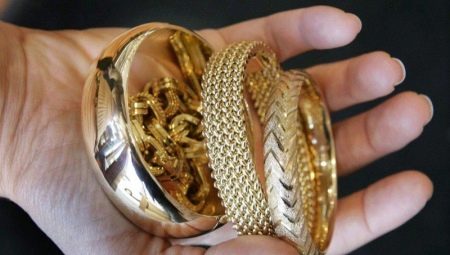
There are situations where you need to determine if an item is gold. For example, this question may arise if the item was purchased at a pawnshop or other questionable place. Sometimes people find chains and other jewelry on the street. In such cases, one also wonders if the value of the discovered jewelry is great. There are many ways to check metal for authenticity, some of them can be used at home. Let's consider in detail exactly those options that are suitable for an independent mini-examination.
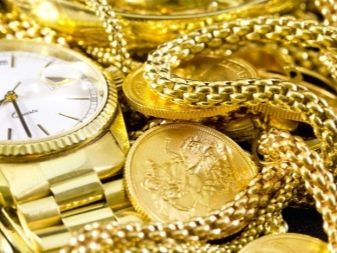
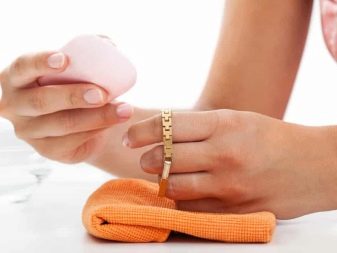
How to distinguish gold from gilding?
It is important to understand that gold and gilded products are not the same thing. The former are entirely made of noble metal. The latter have only a top layer of gold. Its thickness can be different, but, regardless of this, the main part of such products is made of another, cheaper material.
You should not rely on visual inspection to understand if the first or second option is in front of you. Even analysis carried out with the help of sunlight will be useless here. A more accurate result can be obtained by using a sharp object (for example, it can be a needle or a file). Scrape lightly around the metal in an inconspicuous area.
If there are scratches left, it means that the thing has only a little dusting. If no noticeable damage remains, this is a noble metal.
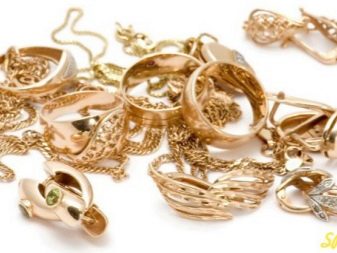
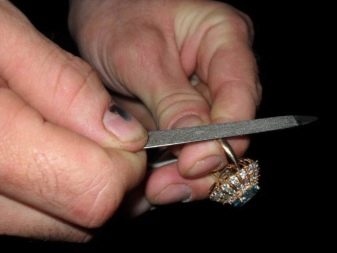
Another easy way to determine the authenticity of a piece of jewelry is to find a sample. It is not placed on jewelry with gilding. To find the coveted number, you should take a magnifying glass. The sample number and the weight of the item in carats are usually written on gold. There are also other numbers. For example, it can be the marking of a manufacturing plant.
Depending on which product is in front of you, you should look for a sample in a certain place:
- an earring or bracelet - on a clasp or bow (if the lock is English);
- ring - on the inside;
- watch - on the inside of the lid.

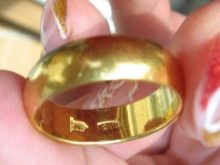
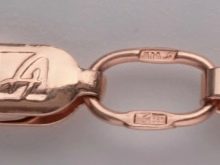
A few words should be said about the meaning of the numbers in the trial. The highest standard is 999. This is the purest gold. True, today this is almost impossible to meet.
Good options: 958, 916, 750. The numbers 585 and 375 indicate that there are a lot of impurities in the metal. However, this should not be embarrassing. Do not aim to purchase a piece with a number starting with 9. Pure metal is too soft, so this piece of jewelry may deform with use. But sample 583 is considered very good. Many products of the Soviet era have this number on the surface.
If there is no sample at all, it is a fake. The exception is custom-made jewelry. But these are rarely seen in pawnshops. Usually these are values that are considered family and are inherited.
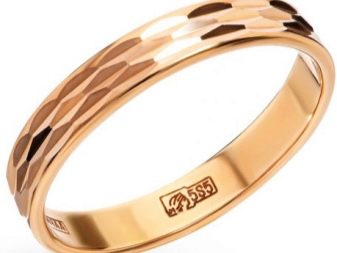
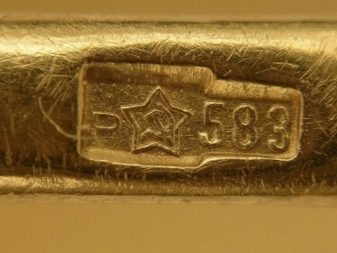
Determination methods
External signs
It can be difficult to distinguish gold from brass, copper or other metal by eye. There are many shades of gold, so products can look different. Today on sale you can find jewelry made of white, yellow, red gold. But if it's a sunny day, you can still try to visually determine the authenticity of the item.
First you need to hold it in the shade and examine it carefully. Then the product needs to be taken out in the sun and again to look closely at its features.
Real gold and gilded items look the same in different lighting conditions. Other metals can change the degree of shine and even shade.
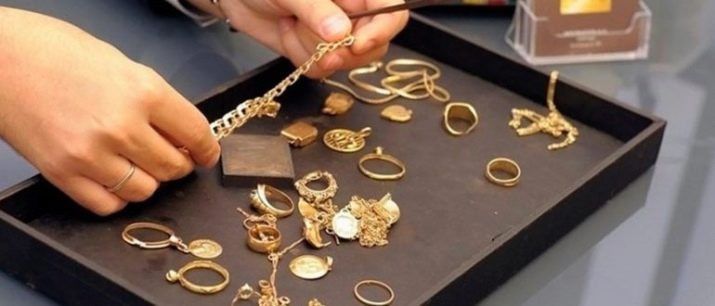
Another way to recognize the authenticity of gold is through sound. Drop the decoration on a table or other surface. Ideally, you should hear an exquisite ringing reminiscent of crystal. However, even this method does not give one hundred percent certainty. For a more accurate result, it is better to resort to other verification options.
And, of course, it is worth calling on logic to help. If the sample is poorly printed, the metal has an uneven shade, roughness, this indicates a low product quality. Most likely, this is either an alloy with a low gold content, or ordinary jewelry.
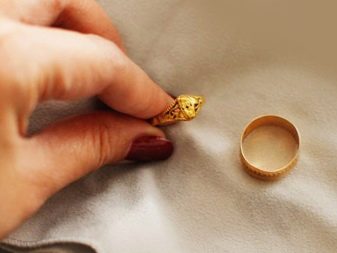
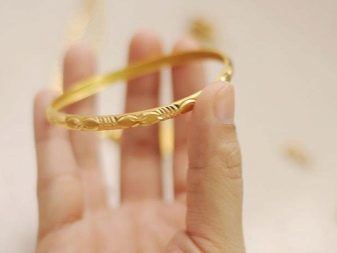
Iodine
Almost everyone has this antiseptic at home and can be safely used to distinguish metals. To check, you need a cotton swab and something sharp. Many people use a needle, but a regular knife will work too. On an inconspicuous place (for example, on the inside of the ring), you need to slightly scratch the object. Then you should dip a cotton swab in iodine and lightly rub it over the resulting scratch.
If the substance has brightened and began to evaporate, then this is a fake. If the dark color of the liquid is preserved, and evaporation does not occur, the object is genuine.
In this case, you should immediately wipe the stained area to remove the stain. Otherwise, it may remain forever.
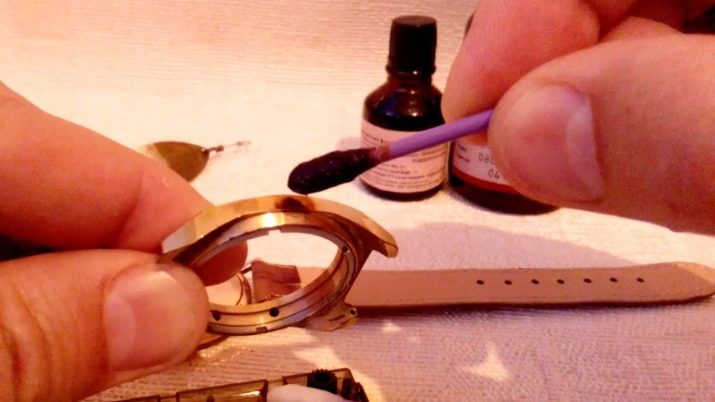
Vinegar
Some people test for real gold with vinegar. The substance is poured into a transparent container. Then the object is lowered into the liquid and waited for a couple of minutes. Fake items darken quickly when exposed to vinegar. The noble metal does not lose its purity and luster.
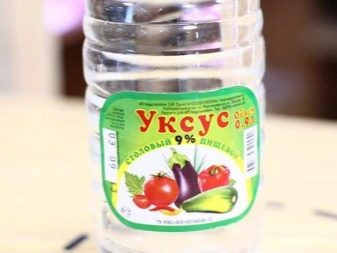
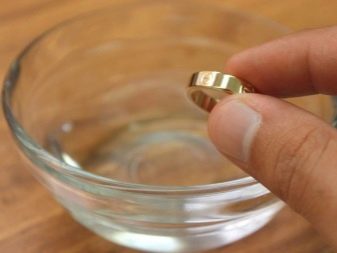
Lapis pencil
This device can be found at the pharmacy and is inexpensive. The pencil contains silver nitrate. This is the secret of this method. The product to be checked must be wet. Then you should draw on it with a pencil. After that, you need to rinse the item again.
If there is a trace left on the metal, then in front of you is either a fake or very low quality gold. You will not see anything on a noble metal of a high standard.
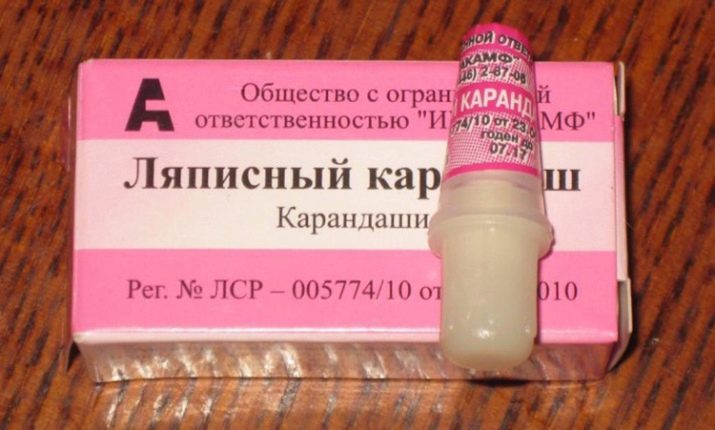
Acids and reagents
This method is quite dangerous and requires great care, although it allows you to know for sure how valuable an item is. For example, jewelry buyers use acid and silica shale in their expertise. After rubbing the product on a stone, a chemical is dripped onto it. A stone mark remains on a real gold piece even after a reaction with an acid. It will evaporate from the counterfeit metal.
If there is no special stone, you can do without it. Take a metal container and place the item to be checked on the bottom. Gently drip nitric acid onto it. If you see the appearance of a green tint on the surface, know that the item is not gold. If a milky spot appears, this indicates that the item is made of a noble metal, but has a lot of impurities in the composition. If the jewelry does not change its tone under the influence of acid, then you have high quality gold.
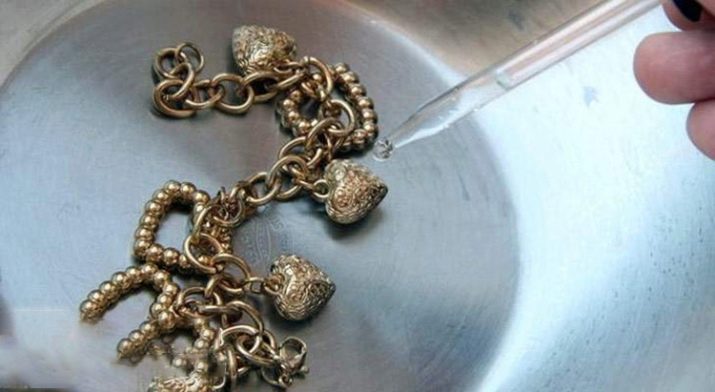
Magnet
Real gold items are not magnetised. Only products with a small spray layer made of heavy metals are attracted.
Having a small magnet at home, you can easily check what your jewelry is made of.
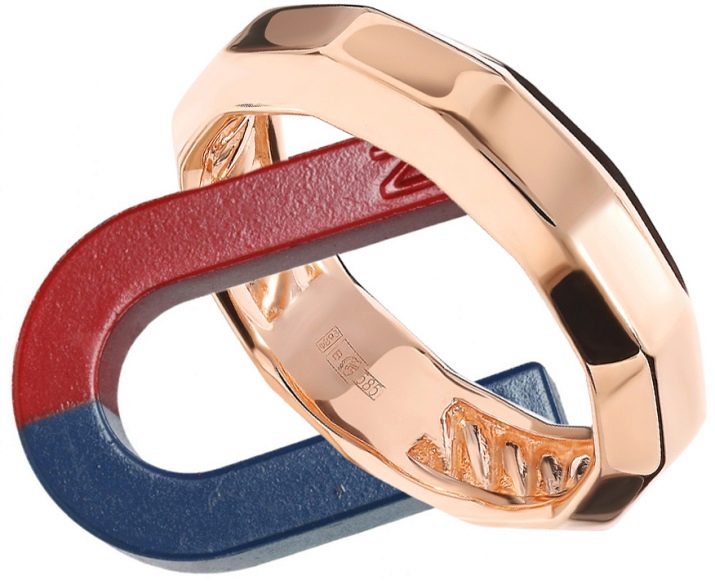
"To the tooth"
This method is pretty primitive. It was used in past centuries, when the metal was actively used in trade. Today, you can also bite on an object and check if there will be any tooth marks on it.
However, experts advise against relying on the result. First, only the purest gold is soft. And today even products with good samples have additional components in their composition. Secondly, in terms of softness, the noble metal is similar to lead. Therefore, they can be confused.
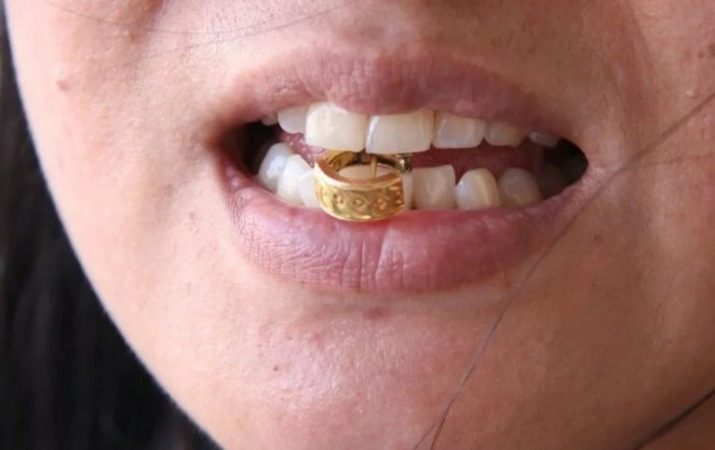
Ceramics
You can check if the gold is real using a regular ceramic plate. The main thing is that there is no glazed coating on it. You can also use tiles. Take a metal object and run it over the ceramic. The pressure should be small, but noticeable.
If the resulting strip is black, the decoration is fake. If the footprint has a golden hue, then the upper part of the item is definitely made of gold.
When using this method, it is important to remember that it does not allow you to check what is inside the product. It is possible that only the dusting is gold. Therefore, if you want to get a more accurate result, supplement the study with other options.
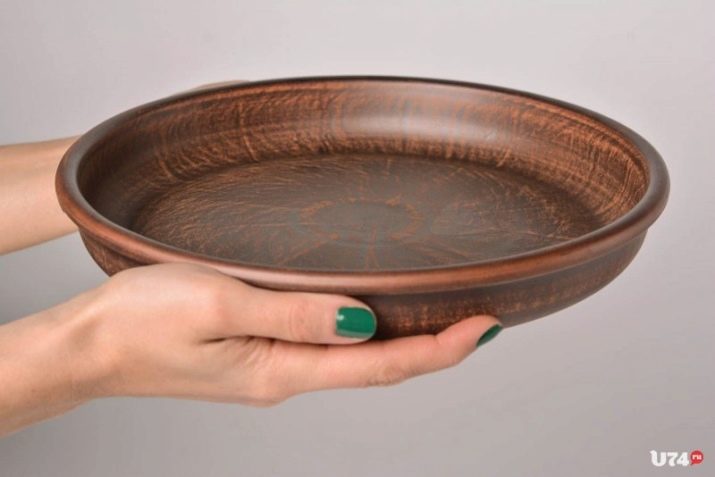
Hydrostatic method
This method is not very simple. It assumes the determination of the weight of the product in different conditions and the implementation of some calculations on this basis. The method was invented by the Greek mathematician Archimedes. The advantage is that there is no need to damage the integrity of the product (scratch it, expose it to chemicals).
However, there is also a drawback. This option for determining the authenticity of gold is only suitable for items without stones and other extraneous decorative elements. You also cannot do without special jewelry scales.
The rest of the experiment is in everyone's house. All you need is a transparent glass and thread. So, first the product is weighed. The dry weight in grams is recorded. Then distilled water is poured into the glass (you need to fill the container at least half).
After that, the glass is placed on the balance, the item under test is carefully lowered into it. If it's a ring, you can use a thread. This will prevent the object from colliding with the walls and bottom, which is important for the purity of the experiment. The wet weight is also recorded. After that, the first indicator is divided by the second. Further, according to a special table, the density level and, accordingly, the quality of the metal are determined.
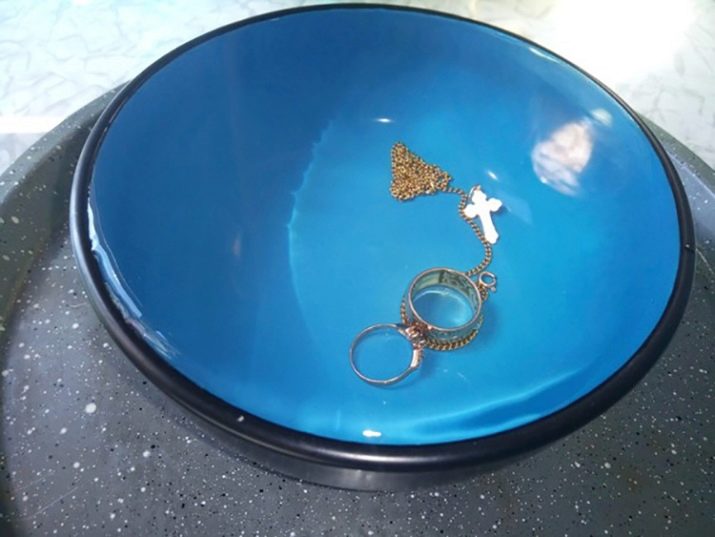
Expert advice
In order not to suffer at home, checking the purchase for authenticity, save yourself the trouble and purchase jewelry in trusted jewelry stores. Avoid pawnshops and small suspicious shops. The fact is that unscrupulous sellers sometimes collect jewelry from different parts. For example, the earring clasp may have a test, since it is indeed gold.The rest of the product can be made of cheaper metals.
When buying, check the sample and jewelry documents. Do not believe if you are convinced that some foreign manufacturers do not stigmatize jewelry made from precious metals.
It is possible to determine whether the real gold is being offered to you by price. It cannot be too cheap, even if the store is holding a promotion.
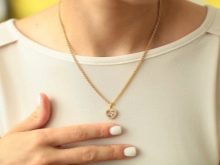

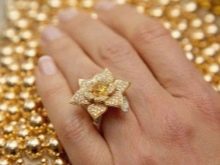
For information on how to test gold at home, see the next video.








